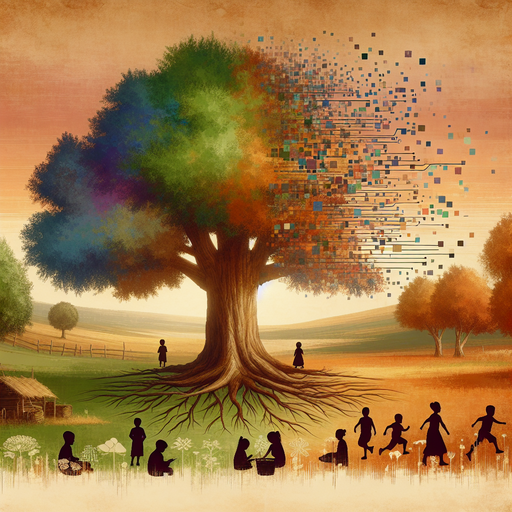There’s something incredibly relieving about not being tethered to the constant pings and alerts of social media. A few years back, I decided to disconnect from platforms like Facebook and TikTok, and let me just say, it was one of the best decisions I’ve ever made. Not just because of the incessant ads and arbitrary rules, but because it created space for authenticity and tranquillity in my life.
Is Social Media Truly Beneficial for Kids?
Prime Minister Anthony Albanese’s proposal to set an age limit on social media is a bold move, and one I wholeheartedly support. After all, social media often feels like a battleground where kids are exposed to content they’re not equipped to process. The glamour of influencers’ lives and the digital cacophony can distort reality, leaving impressionable minds anxious and yearning for validation.
Government intervention becomes crucial here, serving not as a form of censorship, but as a protective shield for children. Many argue that having a stricter age verification could mitigate risks, including cyberbullying and exposure to inappropriate material.
Addressing the Elephant in the Room
The opposition and critics often say that banning social media will isolate kids, cutting them off from a modern form of communication. But I argue, doesn’t the very nature of social media already contribute to social isolation? How many times have we found teenagers glued to their screens, oblivious to the world around them?
What they need are tangible experiences, engaging with “real people” in real life. Encouraging kids to step outside the digital world opens the door to creativity and resilience—qualities often dimmed by the blue light of their smartphones.
Potential Impact of the Ban
Implementing such a policy isn’t without its logistical hurdles. But imagine what could be achieved with structured “wraparound measures” to prepare and support young people through this transition. Schools could introduce extracurricular activities focusing on fine arts, sports, and community service—activities that cultivate skills and camaraderie, reducing dependency on digital platforms.
Such measures can empower children, helping them build confidence and communicate more effectively. There’s a need for community-driven initiatives that cater to different interests while also being inclusive of vulnerable groups like rural teens, LGBTQI+ communities, and Indigenous groups.
- Offer engaging alternatives to social media.
- Promote mental health awareness and resources.
- Encourage parental involvement in online activities.
Real Experiences with Real People
One of the key messages from supporters of the social media age limit is the emphasis on “real experiences with real people.” It’s about recalibrating priorities so that the next generation doesn’t miss out on essential life skills and face-to-face interactions. Let’s ensure our children grow up in a world where their happiness and development are driven by tangible experiences, not just virtual likes.
Retention of familial bonds, friendships, and community participation becomes vastly improved when children aren’t glued to their devices. Instead of the digital delusion, kids can enjoy the richness of real-life moments—something that digital interactions can never fully replicate.
In Conclusion
While the debate surrounding a social media age limit is complex, the potential benefits are undeniable. As adults, we have the responsibility to provide a safer, healthier environment for our children to grow in. After unplugging from the virtual noise years ago, I can confidently say that the offline world holds profound moments and lessons worth exploring.
If we are truly committed to our children’s growth and well-being, supporting initiatives that guide them towards healthier habits is imperative. Let’s be the stewards of their journey, ensuring they find balance in a world that increasingly seems off-kilter.
